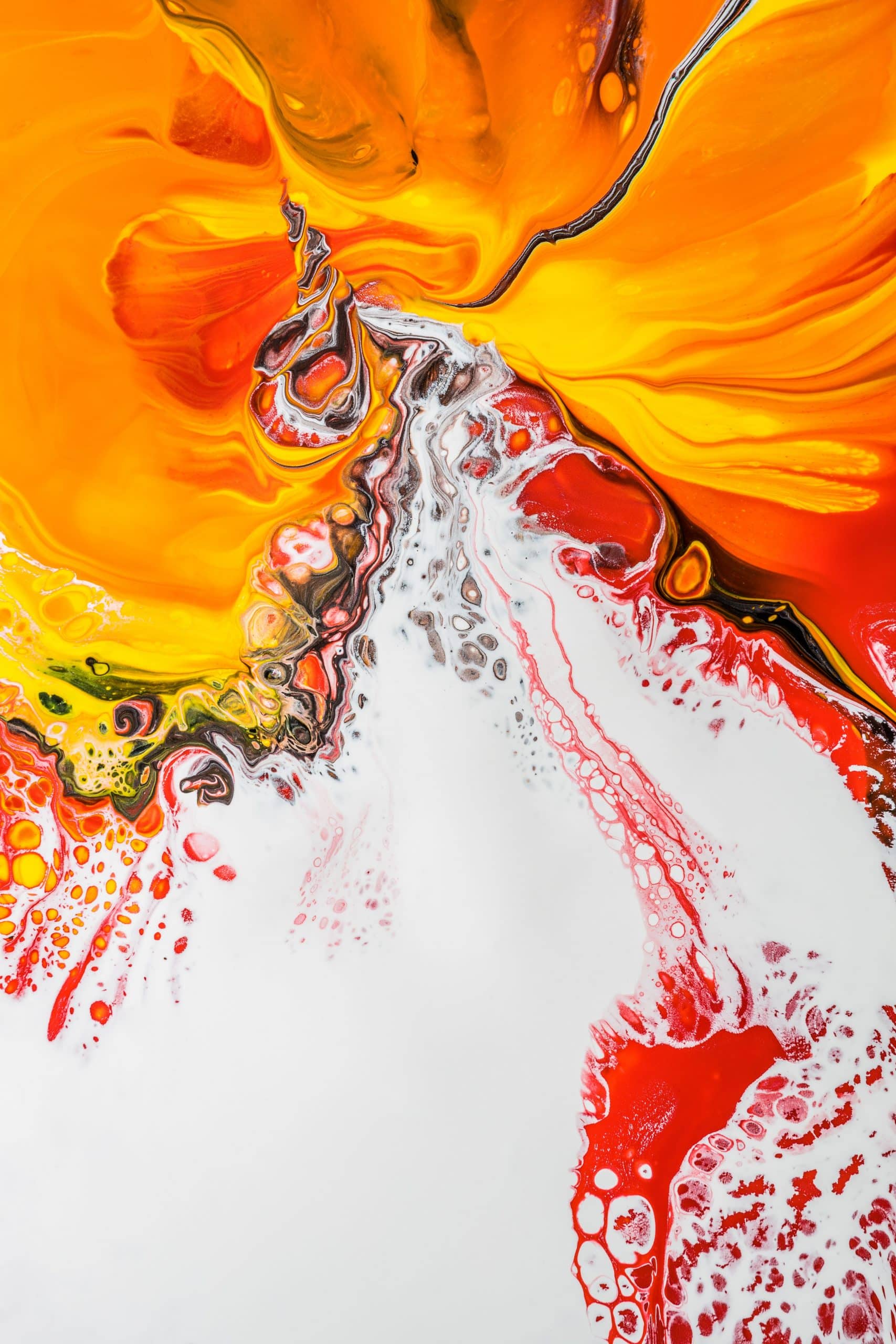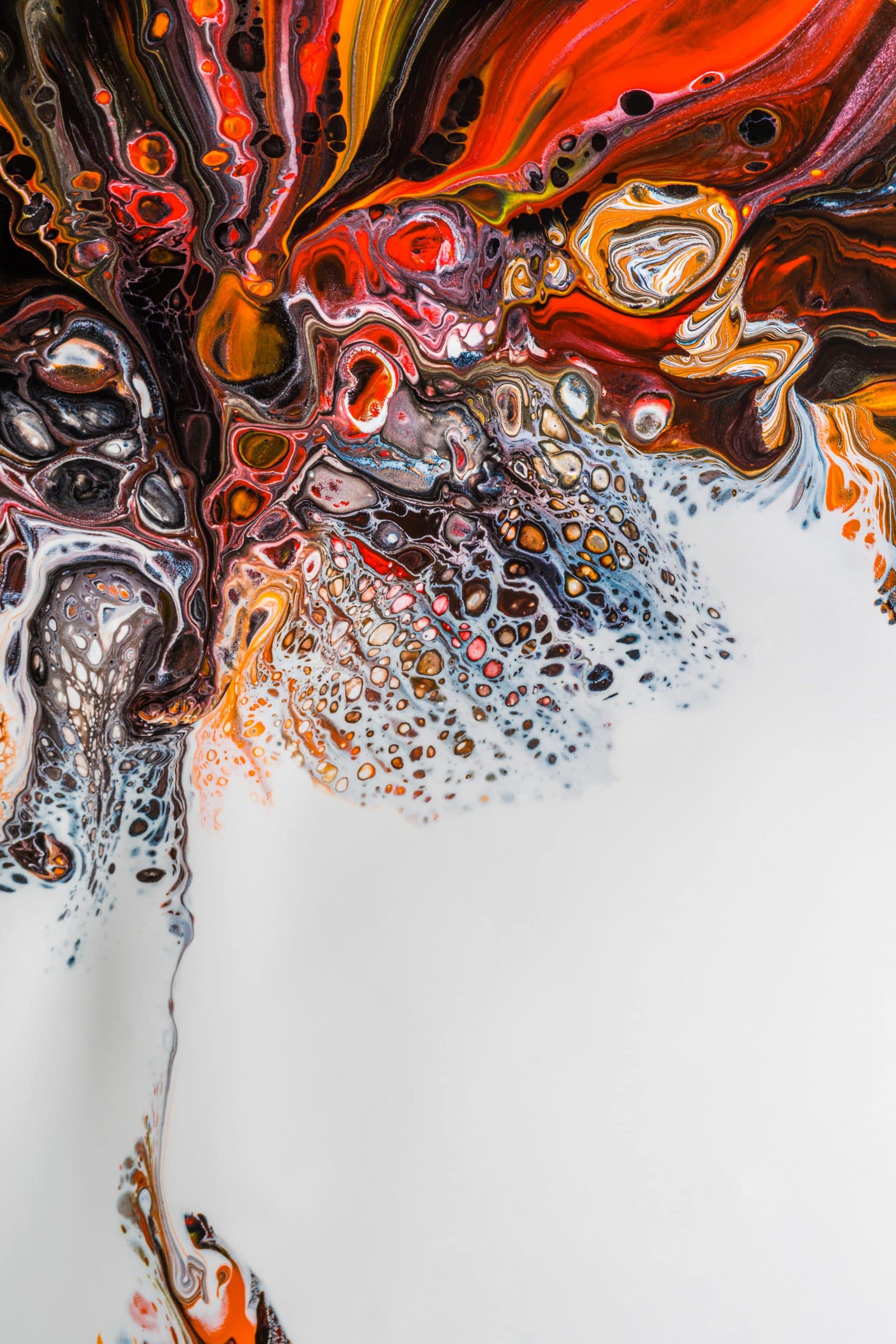Thank you very much for the time to do this interview, Dom Erwin.
We´ve met quite spontaneously the week before, while I was riding on my horse past your house. You sat on a bench in front of your home enjoying the spring sun. I simply stopped, briefly talked to you about my heart project “Pachamama Fine Arts Studio” and you agreed immediately.

First, a brief introduction for those who do not know Dom Erwin: from 1981 to 2015 you were bishop of Altamira-Xingu, a Roman Catholic diocese in Brazil, as big as Germany. You have been at the forefront of advocating for the rights of indigenous people for years and you have been arrested and interrogated. You stood up against the construction of the Belo Monte Amazon power plant and there was even an assassination attempt on you. You have received numerous awards, including the Alternative Nobel Prize in 2010. To this day you are an internationally sought-after expert on human rights, environmental protection, and indigenous rights.
Dom Erwin, you are full of energy and commitment. What would you say is your biggest driving force?
First, I would like to say that I have been in Brazil since 1965. From 1981 to 2015 I was the bishop in charge of the Xingu region and at the same time I was the chairman of the Episcopal Council for Indigenous Peoples for 17 years. And that is why I´ve developed quite a great friendship and caring relationship with the indigenous peoples.
It’s not easy to say in a few words what drives someone to serve, but there is one word – it sounds quite religious – it’s the Evangelium. What does that mean? The Evangelium means “good news”. And what “good news” can I bring to a people suffering from oppression, discrimination and neglect?
There are different possibilities: for example, I look at this people like I look on any other people. So, I actually go to this people because I expect something from them. But I can also look at it differently, by going to the people and wanting to get to know them and to be there for them within the scope of my possibilities. Thus, I do not expect to get anything back, I just see if I can do something for the people – especially when it comes to those in need and misery. It used to be called going to do “missionary work” What does that mean? This expression can hardly be used today. Still, it is basically about being there for someone or something.
What drove me? I´ve heard a lot about the indigenous people before I went to Brazil. This is because two uncles on my mother’s side had already been in this area and I´ve learned a lot from them. I found it very interesting that when I arrived in Brazil, I had already learned some Portuguese, I asked two men how the indigenous people were doing. They told me that I should not care about them because in 20 years they certainly would not exist anymore. For me that was a really cold shower in a tropical climate. I thought to myself, this can’t be true! Today, the opposite is the case: when I arrived there were maybe 3000 to 4000 indigenous people, today there are almost 1 million.
This is a wonderful development! How do you announce or spread this Good News? I assume it comes straight from the heart.
Yes, you cannot just do it based on intellectual and logical grounds. Basically, the “engine” that drives you to do so is compassion. We also call it “heartiness” or “cordiality”. In the Semitic-Graeco-Roman culture, the heart is of course not only the anatomical organ that pumps blood to the extremities, but the heart is the seat or starting point for all feeling. What does “feeling” mean? You can feel something for yourself and also sympathize. With compassion, the feeling goes beyond oneself, to the person I am kind to, with whom I get along well, who I want to be there for.
How often do we, for example, write the words “sincerely”, “best regards”, “thank you from the bottom of my heart”. In doing so, we express our compassion, our sensitivity, our solidarity, our devotion, and our allegiance to others.
This driving force goes beyond compassion, joy, love, understanding for one another. It’s a “rich” word that encompasses many others. How did you experience this “heart power” – as I call it – in the indigenous population?
That was very interesting. The first time I met the Kayapó people, an indigenous person was my translator. I realized that I was “nobody” for these people because I did not speak their language. After this visit I thought, I would never go to a village again unless I could have at least a basic communication with them. Of course, I do not speak Kayapó as well as I speak Portuguese, but at least I can make myself be understood. I think it is very important to realize that. The moment I can communicate with them, I exist for this people. Communicating means exactly what you´ve mentioned before: being cordial.
I remember how differently people looked at me when I communicated with them in their language. I have never forgotten that! And from that they deduced: he is one of us. The chief said to me: “You are not a “white man”. You are our relative.” And that created a very different relationship. The bond becomes noticeable, and I feel like I do belong to them. Later, the chief’s wife even adopted me, and I was given an indigenous name. That is how I realized I belonged to them.
The indigenous people distinguish between someone coming and wanting something from them and someone coming and wanting something for them.
So, we can build a bridge through language and empathy?
Yes, exactly. This cordiality, this sympathy only works if I speak from the heart. In Latin there is the phrase, “Ex cathedra cordis”, meaning “from the chair of the heart”.
How did you experience the connection between the indigenous people of Brazil and Pachamama, Mother Earth? And how do they live or practice this connection?
Here I would like to expand a bit further: the expression “Pachamama” comes from the indigenous people in the Andes. And means primarily “Mother Earth” and was worshiped in the ancient cults as a fertility goddess.
But there is another word “Sumak kawsay” which means “Living the good”. And this expression has three dimensions:
First, the indigenous believe in transcendence. In the Christian faith that would be God. With them there is no God, but there is something higher. And this higher being is not far away but is with us.
The dear God has also revealed himself as one being with us. And that is a feeling in the heart: he is there. “I am the one with you.” In Mass in Brazil the priest says: “The Lord is with you”. And the people answer: “He is in our midst.” In contrast to this, in our Mass the answer is: “The Lord be with you and in your spirit.” That does not say a lot.
Secondly, we are not alone. Not only in relation to something higher, but we cannot survive alone. For example, a small child needs not only its mother and father for food, but also for feelings. Otherwise, it would not be able to live. Thus, “Sumak kawsay” also expresses this togetherness. And this togetherness is expressed very strongly among the indigenous people. I remember well that once I was in the indigenous village and there was a beautiful banana grove . I asked” “Who planted this?”. And the answer was: “We all did.” And this togetherness is beimng lived and seen in everything. The area where the indigenous people live also belongs to us – not to me. Everyone as a community.
In the third aspect, this thought is reflected in the world (Pachamama). We are talking about the environment. For me, the environment can be objective, anonymous. As we sit here and look at the forest, we could think the forest is an object. But according to the principle of “Sumak kawsay” or Pachamama, we do not speak of the environment, but of the “contemporary world”. So, we are part of it, too. We cannot live without this environment, without nature, that gives us everything we need. So of course, it is also about the fertility of our environment. We are responsible for this fertility and must ensure that this fertility does not turn into the opposite, for example into a desert.
Furthermore, there is another aspect: I not only have to be considerate of my fellow human beings, but also of future generations. This is our environment, which only exists ONCE! And I am responsible for this environment – also for future generations. And in this sense “Sumak kawasy” and Pachamama can be understood.
So, it is about balance – internally, with others and with the world around you, right? These are very beautiful, rich teachings that you were able to take with you. What would you say, should we learn and live more in our everyday life here?
Of course, one also has to say that there are also difficulties and conflicts among the indigenous people, because they are human beings with their faults and limitations, which we all have. But that would be the ideal and we can learn the ideal.
Every religion actually has the mandate to stand up for life. In Christian religion we speak of “eternal life”. In the past, for a long time, we did not see this as something that we share as a common aspect of life. We used to say, “save your soul”. But how can I save my soul if I am not willing to be there for other people? So, here we come back to this sense of togetherness and solidarity, being as one and for one another.
It is a fact that we live in a society where we always ask “what is in it for me? what are my benefits?”first when someone asks us for something, . One´s own benefit seems paramount in all areas of life. And that is why the way we treat each other is so important.
Take for expample the culture of conversation: we can disagree without hating each other or thinking that the other does not exist just because you think differently. In the culture of a dialogue, we can appreciate that everyone has the right to say what he or she thinks. A dialogue is only possible at eye level.
How can we better enter this dialogue, shape the togetherness and solidarity for each other and live the power of the heart?
That starts at home. How do I relate to my family circle? Tthat does not only include your family, but also your friends—everyone you encounter on a daily basis. How do I live with them? Are these the “elements” that I – my ego – need, or do I belong to them and do I contribute something to them?Do I want to be different where others see hate and fear? Do I want to give strength and understand?
And that brings us back to cordiality. For example, Blaise Pascal (1623 – 1662 mathematician, physicist, and engineer, Ed.) already said “The heart has its reason, which reason does not know…” Or in “The Little Prince”: “It is only with the heart that one can see rightly; what is essential is invisible to the eye.”
And how can we practice this in our everyday life?
First and foremost, I must walk my talk with conviction. For example, through practices like meditation, prayer or going into nature. Or by being willing in your direct family and friends circle or community to open your heart and say, “I am here for you, how can I serve you?” Every day we are called to think about serving and supporting one another. That changes one´s life. In this context, you must also have the courage to be different and show understanding for one another. That is how „heart bridges“ are built.
Do you have a heart’s desire for yourself or for all of us?
In my life I have learned that there is only one way toreally lead a real, happy and fulfilling live: we must stand up and act for each other and live as one. Also, we should learn to use and apply our rights for the benefit of ALL. This should become a social virtue.
Many thanks for the interesting conversation and all the best, dear Dom Erwin!
All the best to you, too and thank you.



